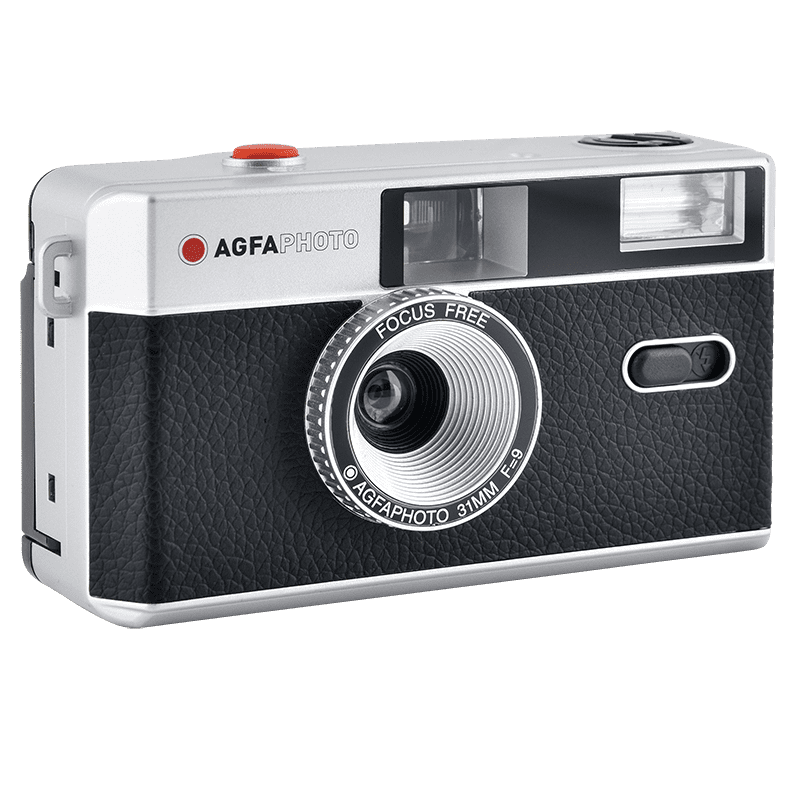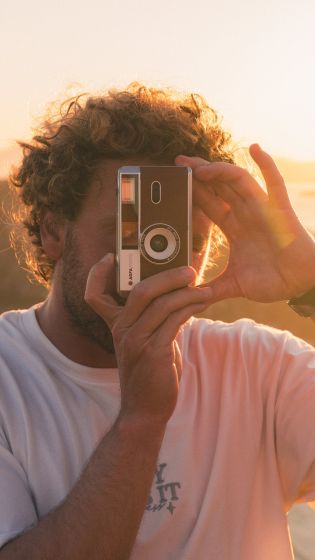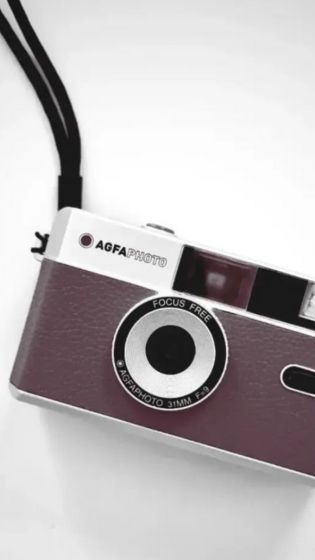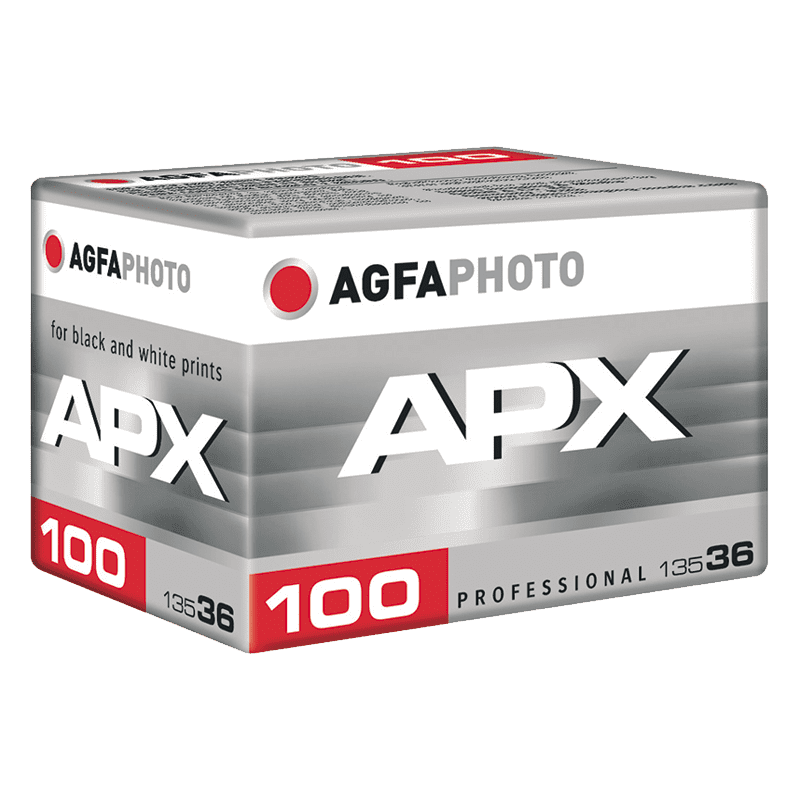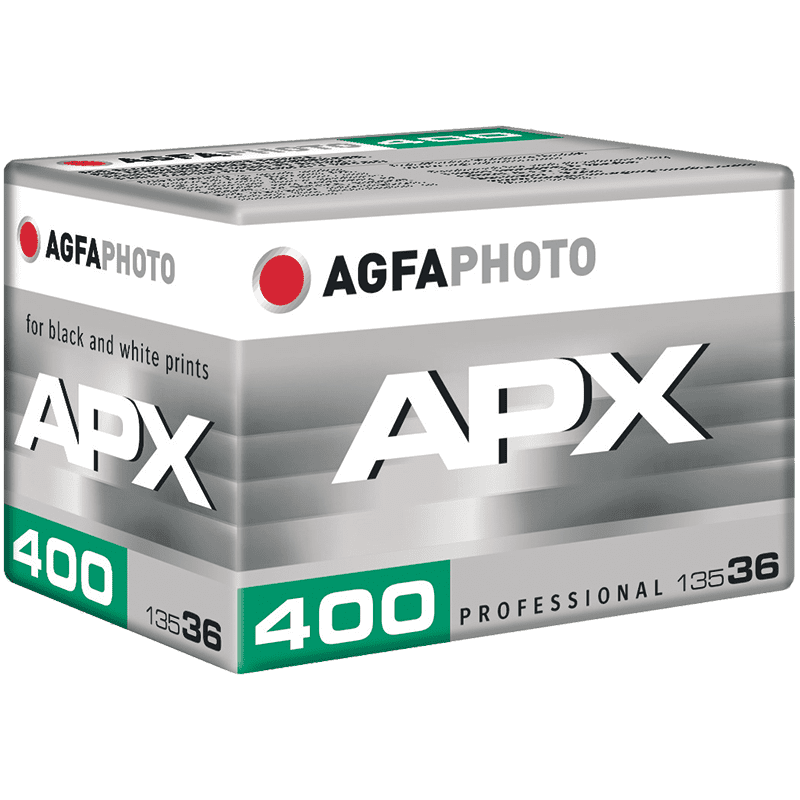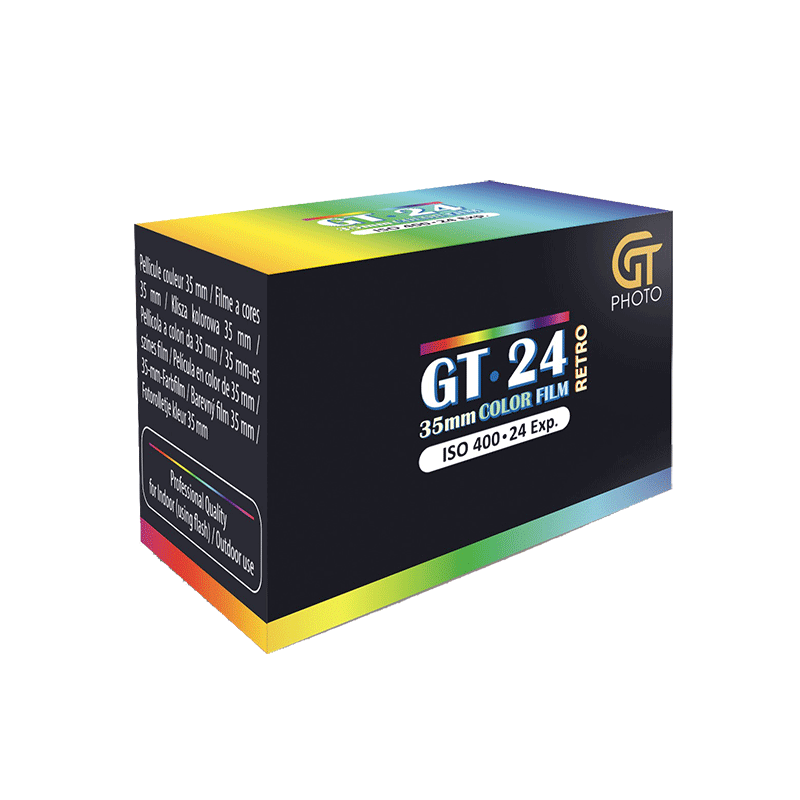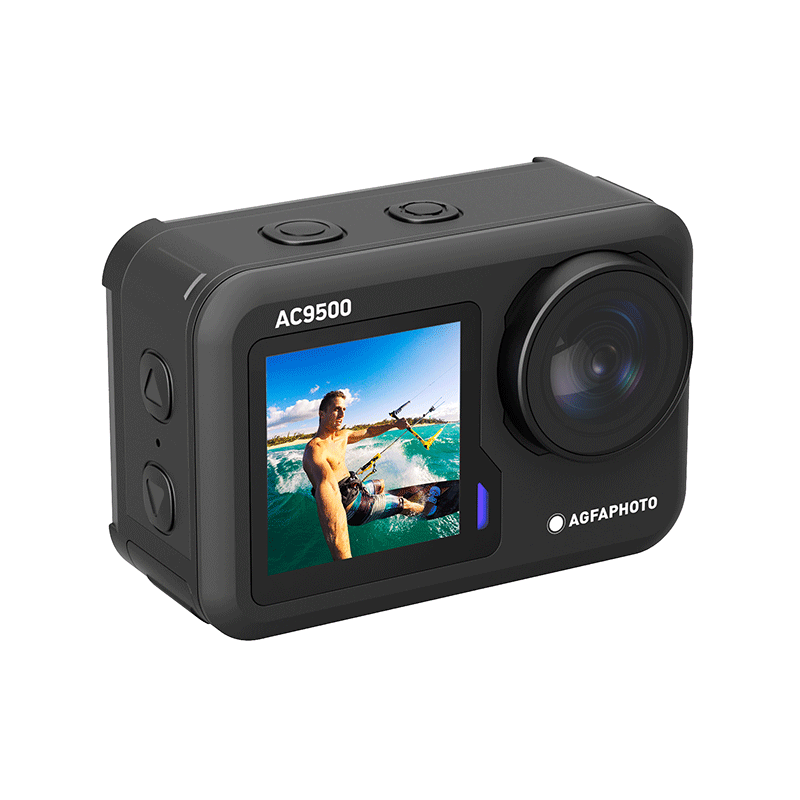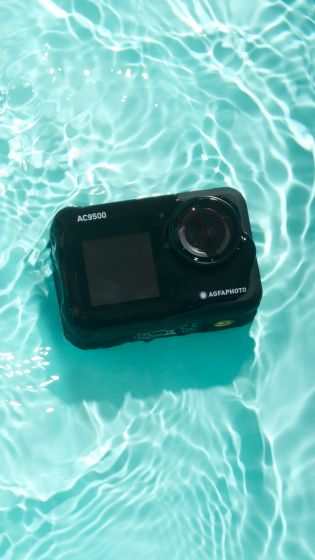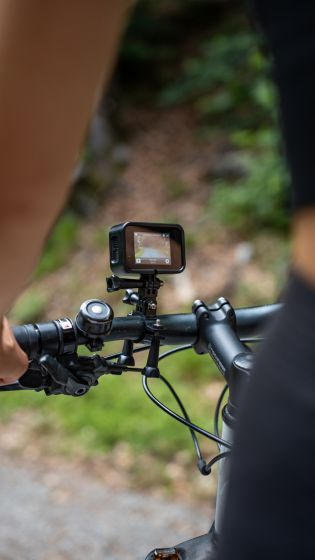
How do I use a film camera?
The advent of digital photography put film cameras on the back burner for quite some time, but they're now making a huge comeback. People are increasingly turning to film cameras in their quest for authentic shots with a unique colour rendition.
But to get those amazing shots, you need to know how a film camera works. For Millennials and Gen Zers who've grown up with digital photography, loading a film or developing photos means learning new techniques.
And as we want your analogue photo experience to go without a glitch here's AgfaPhoto's guide on getting to grips with your film camera.
So what exactly is a film camera?
If you're going to get the most out of your film camera, you'll need to know how it works.
Analogue vs digital: what's the difference?
Film cameras (AKA analogue cameras) get their name because they use rolls of silver halide film to take photos. The film is inserted into the camera's housing body and is traditionally made from a plastic coated with silver salts. Which is why film camera photos are sometimes referred to as silver halide photos.
The term "analogue" is also used because film photography is not the same as digital photography. Using a film camera also means going back to the roots of photography, way before digital cameras and smartphones hit the scene.
The big difference between digital and analogue photography is the film. In a film camera, you need to insert a photographic film that captures an impression of the subject being photographed. When you aim your lens at a landscape or a person and press the shutter, a chemical reaction occurs that captures the image on the film. Once you've used up your roll of film, you'll need to get it developed in a lab where a technician will carry out a series of processes to leave you with a print that you can pop in an album or a frame!
Silver halide photography: a centuries-old process
The history of silver halide photos goes right back to the dawn of photography! It was at the beginning of the 19th century that Nicéphore Niepce first captured an image by placing silver salts on the bottom of a "camera obscura", AKA a tiny dark room. His invention was a watershed moment that others improved, notably Louis Daguerre, who managed to reduce the exposure time with his famous "daguerreotype". This invention led to the notion of a "latent image" that could be "revealed" using a chemical process.
Over time silver halide photography improved in leaps and bounds: reduced exposure times, a more stable image and an easier process meant everyone could try their hand at photography.
Modern film photography
Film photography today is pretty much the same as it was in the 19th century! It comprises a plastic black and white film that's coated with an emulsion which reacts when exposed to light: this reaction creates a latent image that's turned into a final photo when the film's developed. The film is developed in total darkness. It's placed in a tray filled with a photographic developer solution that makes the latent image appear! The process is slightly different when it comes to coloured film, which is made up of different layers that create different shades: these layers form a dye during development.
How do I use a film camera?
As you can see, film photography harks back to the dawn of photography, in particular the process of loading a film and getting it developed.
Using a film camera means (re) discovering a tactile form of photography. It also means choosing a film according to the result you want to achieve, taking the time to choose and line up your shots and enjoying a more authentic and measured approach to taking shots.
Choosing the right film
Film photography means using film (obviously!). AgfaPhoto has several types of film:
- film to take colour photos,
- film to take black and white photos,
- films with 24 or 36 exposures,
- ISO 100 or ISO 400 film.
Black and white or colour, the choice is yours depending on the type of shots you want to take. Black and white film photographs have a distinctive, artistic charm. Black and white photos are superb if you want to have fun with contrasts and shapes. Colour film photography also has a nostalgic charm about it, for example, if you want to snap unique photos during a holiday. The best thing is to try out both types of film to fully appreciate all that your film camera has to offer!
You should also understand ISO sensitivity when learning how to use a film camera. The ISO number refers to the film's sensitivity to light: in other words, the lower the ISO sensitivity, the more light the film will need to capture an image. An ISO sensitivity of between 50 and 200 is ideal for daytime shots in sunny environments. You can, of course, use this type of film indoors if the place is well lit or if your film camera comes with a flash. An ISO sensitivity of 400 is more versatile, and you'll be able to take photos in low-light conditions.
Note that our range of films are the most common ones used for film photography. 35mm film is the most common type of film both for taking shots and when it comes to getting it developed in a lab.







